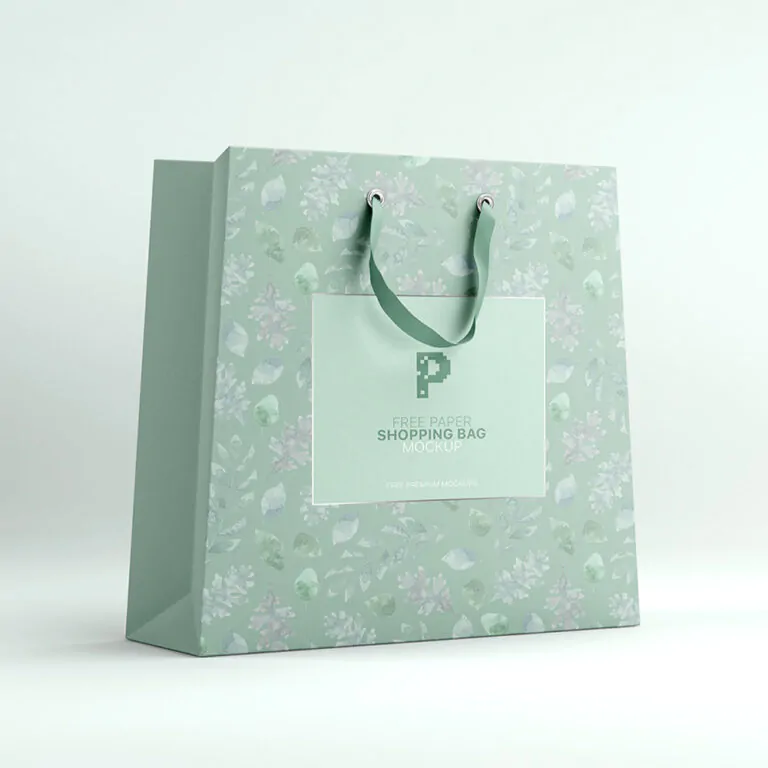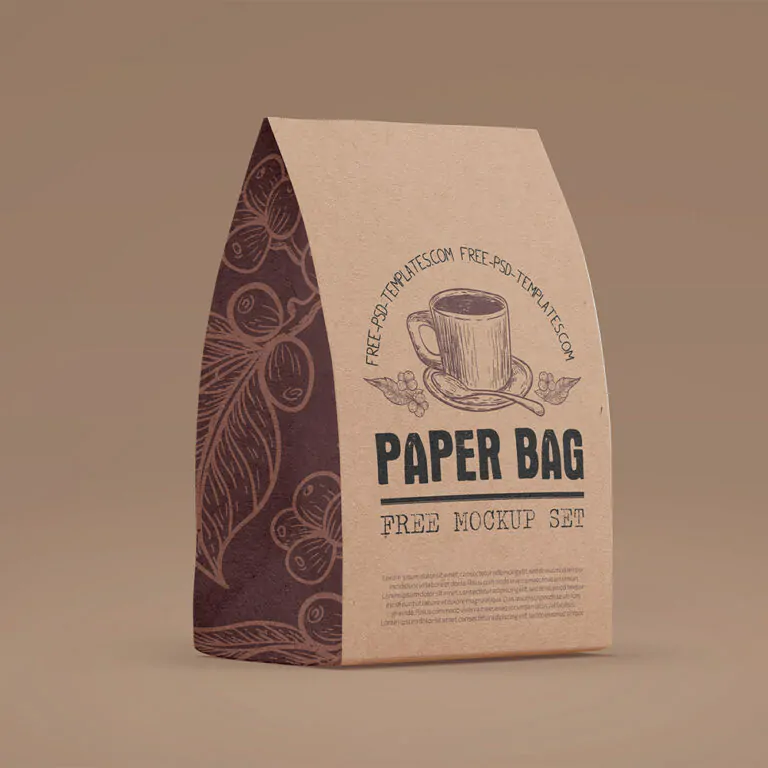1 Introduction to Printing and Packaging
A. Understanding the Vitality of Printing in Modern Industries: Printing stands as a foundational pillar in the contemporary landscape of industries. Its vitality stems from its multifaceted role, serving not just as a means of reproducing content but as a catalyst for communication, branding, and information dissemination. In today’s interconnected world, printing plays an integral part in various sectors, from marketing and advertising to education and manufacturing.
B. Evolution and Significance of Packaging in Consumer Engagement: Packaging, beyond its functional role of protecting products, has evolved into a strategic tool for consumer engagement. Its evolution is a narrative of adapting to changing consumer preferences, market demands, and technological advancements. From mere containers to experiential designs, packaging now plays a pivotal role in influencing consumer perception, establishing brand identity, and creating memorable experiences that extend far beyond the product itself.
Historical Evolution of Printing and Packaging
A. Origins of Printing Techniques: The origins of printing techniques trace back to ancient civilizations where various methods were employed to reproduce texts and images. From the Chinese invention of woodblock printing to Gutenberg’s revolutionary moveable type, the evolution of printing techniques showcases human ingenuity in disseminating information.
B. Development of Packaging Practices Through the Ages: Throughout history, packaging practices have continually adapted to societal needs and technological advancements. Initially centered around protection and preservation, packaging has evolved in design, materials, and functionality. From early containers made of natural materials to sophisticated modern packaging incorporating sustainability, aesthetics, and functionality, its development reflects societal shifts and innovation in manufacturing and consumer needs.
Technologies Driving Printing Advancements
A. Digital Printing Innovations 1. Impact of 3D Printing: 3D printing, a groundbreaking technology, has transformed traditional manufacturing processes. It allows the creation of three-dimensional objects layer by layer, revolutionizing industries by enabling rapid prototyping, customization, and intricate design capabilities previously unimaginable. In the realm of packaging, 3D printing offers opportunities for unique, personalized packaging solutions tailored to individual needs.
- 2. Advantages of Digital Printing in Packaging: Digital printing in packaging brings forth a myriad of advantages, including shorter production runs, cost-effectiveness, and flexibility in design. It allows for variable data printing, where each package can be uniquely customized without compromising efficiency. The ability to produce high-quality, vivid graphics swiftly has positioned digital printing as a preferred choice for various packaging needs.
B. Sustainability in Printing and Packaging 1. Eco-friendly Materials and Processes: Embracing eco-friendly materials and processes has become pivotal in the printing and packaging industry. Utilizing recycled or biodegradable materials and implementing sustainable printing practices minimizes environmental impact. These efforts encompass innovations in ink formulations, substrate materials, and energy-efficient production methods, aligning with a global push towards sustainability.
2. Circular Economy Practices: The adoption of circular economy practices is transforming the printing
The Art and Science of Design in Packaging
A. Importance of Visual Communication in Packaging: Visual communication within packaging serves as a powerful tool to convey messages, evoke emotions, and attract consumers. It encompasses elements like colors, typography, imagery, and branding that collectively communicate a product’s identity, purpose, and value. Effective visual communication on packaging aids in catching consumer attention amidst a crowded marketplace and influences purchasing decisions.
B. Ergonomics and User Experience in Package Design: Ergonomics and user experience are integral considerations in package design to enhance usability and convenience for consumers. Designing packaging with ergonomics in mind ensures ease of handling, opening, and storing the product. Additionally, focusing on user experience involves creating packaging that aligns with consumer preferences, making interactions intuitive, enjoyable, and hassle-free. Thoughtful package design not only enhances functionality but also contributes to positive brand perception and customer satisfaction.
Printing and Packaging in Marketing Strategies
A. Role of Packaging in Brand Identity: Packaging serves as a tangible representation of a brand, playing a pivotal role in shaping its identity and perception among consumers. It goes beyond functional aspects to become a canvas for brand storytelling, conveying brand values, personality, and positioning. A well-crafted packaging design not only protects the product but also acts as a powerful brand ambassador, leaving a lasting impression and fostering brand loyalty.
B. Leveraging Printing Techniques for Marketing Campaigns: Printing techniques offer a diverse array of tools to amplify marketing campaigns through innovative visuals, textures, and finishes. Leveraging these techniques allows marketers to create captivating and memorable experiences for consumers. From embossing and foiling to specialty inks and interactive elements, such techniques enhance the visual appeal, tactile engagement, and overall effectiveness of marketing materials, reinforcing brand messaging and driving consumer engagement.
VI. Industry Applications and Case Studies
A. Healthcare Industry: Custom Packaging Solutions: Within the healthcare sector, custom packaging solutions play a critical role in ensuring the safety, integrity, and accessibility of medical products. Tailored packaging addresses specific needs such as sterile packaging for medical devices, tamper-evident containers for pharmaceuticals, and user-friendly packaging for healthcare supplies. These solutions aim to uphold regulatory compliance, protect the contents, and provide clear instructions for safe usage, contributing to patient safety and product efficacy.
B. Food and Beverage Sector: Innovations in Packaging Designs: Innovations in packaging designs within the food and beverage industry are reshaping consumer experiences and addressing contemporary demands. Advancements range from sustainable packaging solutions to functional designs that extend product shelf life. Innovations like smart packaging (e.g., freshness indicators), eco-friendly materials, and resealable packages cater to consumer preferences for convenience, sustainability, and product freshness. These innovations not only enhance consumer satisfaction but also contribute to reducing food waste and environmental impact.
VII. Regulatory Framework and Compliance in Printing and Packaging
A. Standards and Regulations Governing Packaging Materials: The printing and packaging industry operates within a framework of stringent standards and regulations aimed at ensuring the safety, quality, and environmental impact of packaging materials. These standards cover aspects such as material composition, labeling requirements, safety protocols, and sustainability benchmarks. Compliance with these regulations is essential to guarantee that packaging materials meet established safety standards, are suitable for their intended use, and adhere to environmental guidelines.
B. Compliance Challenges and Industry Responses: Meeting regulatory compliance poses various challenges for the printing and packaging sector, including navigating complex regulations, adapting to evolving standards, and addressing global variations in compliance requirements. Industry responses involve continuous research, investment in technology, and collaboration among stakeholders to innovate and develop packaging solutions that align with regulatory expectations. Additionally, initiatives focusing on transparency, education, and sustainable practices aid in addressing compliance challenges while fostering industry-wide adherence to regulations.
VIII. Future Trends and Innovations
A. Emerging Technologies in Printing 1. AI Integration in Printing Processes: The integration of Artificial Intelligence (AI) into printing processes marks a significant advancement, optimizing workflows, enhancing precision, and enabling predictive maintenance. AI-driven systems streamline production, from design to print, by analyzing data, automating tasks, and improving overall efficiency. This integration revolutionizes printing by enabling personalization, minimizing errors, and unlocking new creative possibilities.
2. Nanotechnology’s Influence on Packaging: Nanotechnology’s application in packaging introduces groundbreaking advancements in material science and functionality. Nano-sized materials and coatings provide barrier properties, antimicrobial features, and enhanced durability, transforming conventional packaging. Nanotechnology enables the development of smart, high-performance packaging that extends shelf life, monitors freshness, and ensures product safety, opening avenues for innovative packaging solutions.
B. Sustainable Innovations Shaping the Future of Printing and Packaging: Sustainable innovations are driving the future of printing and packaging, responding to growing environmental concerns and consumer demands for eco-friendly solutions. These innovations encompass a spectrum of practices, including bio-based materials, biodegradable packaging, and closed-loop recycling systems. Adopting sustainable practices throughout the lifecycle of products, from design to disposal, fosters a circular economy approach, reducing environmental impact and promoting a more sustainable future for the printing and packaging industry.
IX. Summary of Key Findings
A. Recap of Technological Advancements: The summary of technological advancements highlights the transformative changes witnessed in printing and packaging. It encompasses advancements such as digital printing innovations, integration of AI, nanotechnology’s influence on packaging, and their collective impact on revolutionizing production processes, product personalization, and material science. These advancements underscore the industry’s shift towards efficiency, precision, and innovation.
B. Highlighting Impactful Trends and Strategies: This section focuses on identifying and emphasizing influential trends and strategies shaping the printing and packaging landscape. It covers the rising importance of sustainability, the integration of design and user experience, the evolving role of packaging in marketing, compliance with stringent regulations, and the emphasis on consumer-centric solutions. Highlighting these trends and strategies emphasizes their role in driving industry evolution and meeting consumer needs in an ever-changing market.
X. FAQs: Addressing Common Queries on Printing and Packaging
A. How do Printing Technologies Impact Environmental Sustainability? Printing technologies significantly influence environmental sustainability through various means. Innovations like digital printing reduce waste by enabling print-on-demand, minimizing overproduction and excess inventory. Additionally, advancements in ink formulations and substrate materials contribute to eco-friendly practices. Furthermore, the integration of sustainable practices such as using recycled materials, implementing energy-efficient processes, and adopting greener technologies aids in reducing the environmental footprint of printing.
B. What Role Does Packaging Play in Consumer Decision Making? Packaging holds a substantial influence on consumer decision making. Beyond protecting the product, packaging serves as the first point of contact between consumers and products, influencing perceptions and purchase decisions. Factors like packaging aesthetics, functionality, labeling, and messaging impact consumer perception of product quality, brand trustworthiness, and alignment with personal values. Packaging design, convenience, and sustainability often sway consumer choices, making it a crucial element in the consumer’s decision-making process.







